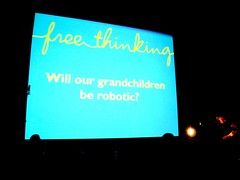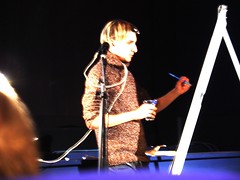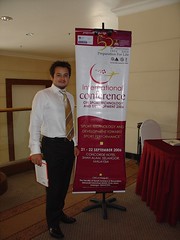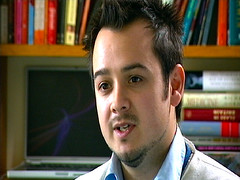The BIOS Centre is organizing an international conference on 7-9 September 2006 at the London School of Economics and Political Science. The aims of the conference are to provide a comparative and global perspective on present forms of practice in the life sciences.
The Organizing Committee welcomes proposals for individual papers which seek to make conceptually innovative contributions to the exploration of the character and genealogy of transformations in health, illness, vitality, and pathology.
We are particularly (though not exclusively) seeking abstracts which relate to following themes:
Social science of regenerative medical technologies
Papers which explore any area related to the science(s), technologies, regulation, implications and use of regenerative medical technologies such as stems cells, cell cultures, engineered tissues, or xenotransplantation. We welcome papers which explore the social and ethical implications of regenerative medical technologies as they relate to ideas and notions around identity, gender, disability, age, ethnicity, or social class. Papers that explore regenerative medical technologies in relation to concepts such as embodiment, personhood, responsibility, risk and capitalism are also welcomed.
Neuroscience and society
Papers which explore any area related to the manufacture, governance and implications of new technologies in the neurosciences, such as recent developments surrounding behavioural genomics, psychopharmacology, neuroimaging, consciousness, and the political economy of neuroscience research. In particular, papers which engage with the question of how developments in the neurosciences may be reshaping distinctions between health and illness, treatment and enhancement, normality and pathology.
Bioeconomics and biocapital
Papers which explore any area related to the regional, national and transnational economic and political implications of developments in genomics and biomedicine, including issues of biological surveillance; trade; the inequitable distribution of wealth and resources; the patenting of genes and living organisms; branding in biomedicine and biotechnology; and the political economy of intellectual property regimes. Papers which embrace terms such as “biocapital” and “bioeconomics” as effective conceptual heuristics to characterize new economic developments, or which critique the usefulness or the novelty of such terms, are equally welcome.
Please submit abstracts (250-300 words) by email to l.j.mcgoey [at] lse.ac.uk
Deadline for abstract submissions: 01 March 2006
Letters of acceptance will be sent by May 1. The conference fee will be £175 (this fee includes registration, lunches, and a conference dinner. It excludes travel and accommodation).
For any further details, please contact the BIOS Organizing Committee (Chaired by Dr. Carlos Novas) via Linsey McGoey:
BIOS, London School of Economics, Houghton Street, London, WC2A 2AE
Email: l.j.mcgoey [at] lse.ac.uk
Web: http://www.lse.ac.uk/collections/BIOS/vital_politicsII.htm
 This morning, Beatriz and I strolled down to the BBC Radio3 Free Thinking festival taking place at FACT. Two of our friends - Jude Kelly and Nick Bostrom - were presenting at the same time though in different rooms, so we split up and re-grouped afterwards, taking in lunch with the 'robotic' panel afterwards. This also included Fiona Coyle from CeSAGen at Cardiff Uni and it was good to meet her as I know some of her colleagues quite well. She also injected some much-needed critical theory into the posthuman debate. Dylan Evans was articulating the 'hang on a second' perspective and told me about his very interesting 'utopia experiment' project in Scotland, where he has just moved. It was a good chance to see FACT at full-speed and the debate I saw was well-attended, especially for a Sunday morning! Artist Neil Harbisson was present with inventor of his Eyeborg Adam Montandon. Coincidentally, I had seen Neil before at the Bankside Gallery in London, where he was performing at the Sense and Sensuality exhibition.
This morning, Beatriz and I strolled down to the BBC Radio3 Free Thinking festival taking place at FACT. Two of our friends - Jude Kelly and Nick Bostrom - were presenting at the same time though in different rooms, so we split up and re-grouped afterwards, taking in lunch with the 'robotic' panel afterwards. This also included Fiona Coyle from CeSAGen at Cardiff Uni and it was good to meet her as I know some of her colleagues quite well. She also injected some much-needed critical theory into the posthuman debate. Dylan Evans was articulating the 'hang on a second' perspective and told me about his very interesting 'utopia experiment' project in Scotland, where he has just moved. It was a good chance to see FACT at full-speed and the debate I saw was well-attended, especially for a Sunday morning! Artist Neil Harbisson was present with inventor of his Eyeborg Adam Montandon. Coincidentally, I had seen Neil before at the Bankside Gallery in London, where he was performing at the Sense and Sensuality exhibition.





 Forbes
Forbes